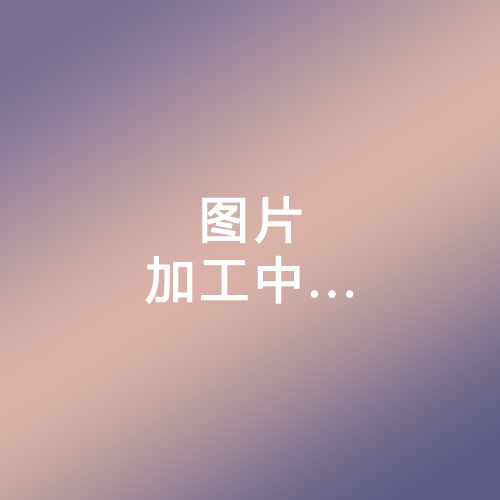national folklore museum - museo nacional de etnografia y folklore
4A地址: 暂无
开放时间: 暂无

La Paz Department景点推荐
更多热门城市
景点印象
Fantastic traditional woven textiles, well displayed with good information about the origins and history of the weavings, some going back several centuries.
This is located in a very nice preserved colonial building. They have permanent and temporary expositions. All of them well organized and presenting detailed explanations about the traditions attached to each objet.
Worth a look to see the incredible masks, a small but nice gift shop...guide needed to appreciate. Our travel company selected this museum.
A treat for anyone interested in Bolivian material culture. (And how could you not be?) Textiles, masks, ceramics, munecas, lovely shop, in a beautiful colonial building. Great cafe too!
What I liked most was the display of masks from Bolivian dances, although few of them were very old. On the other hand, the pottery and carvings go back to the earliest known settlements. This is a very traditional, scholarly museum. Some of the descriptions were hard to read due to strong back light. The museum is closed 12:30-3, but you can come back in on the same ticket. BTW, the restaurant is reasonably priced and good.
This is a very sleek and modern building on the outside, which is unexpected for the area.My favorite section was the textiles, as I love fabrics of any sort. Seeing how these textiles were made increases the respect you have for this form of artwork.The ceramics are also impressive, although if you look at the signs closely, you will notice that a large proportion are modern. Thankfully, styles haven't changed much. The pieces from Tiwanaku are especially interesting.The signs going along with the exhibits were not particularly informative, so I found the visual impact to be most dramatic.
I went to MUSEF expecting to find a classic bolivian museum with everything old including the spaces you walk, but I was gladly impressed with a very modern space with a reaaly nice collection of Masks, Textiles, and numismatics.Looks like they have put a lot of effort in assembling a great place with a great collection.The museum is located on Ingavi street just 2 blocks from Murillo Square, open monday trough friday from 9:00 to 12:30 and in the afternoon, a must see.
Superb collection of masks, textiles and other items. This fairly large place offers airy exhibition rooms and a modern way of throwing light on its great collections.
This museum is near the central plaza and not to be missed. Having English titles would have made it excellent. There was a very unique feather exhibition, halls on ceramics (spoiled by not having dates!) and linens, a display of masks and finally a well-done chronological trip through the history of Bolivia and it's different cultures.
Nice building, very interesting exhibitions about Andean ceramics, textiles and masks. It is also a nice place to visit for those interested in Pre-Columbian cultures.
I really don't like to write about museums but this one had such a great masks (you cant take the photos) in a dark room, so it is one of those museum that I remember and that I can recommend.
This museum gives a thorough overview of the cultures of Bolivia. It offers a good initial orientation for the visitor about to embark on a tour of the country or for someone just returning from such a tour and in need of a visual summary.
Impressive collection of ancient fabrics really brings to life the vibrant and creative capabilities of the Andean weavers. Also has great section on pre-Incan civlizaiton at Tiwanaku. For $20 bolivian it's worth it.
On a sunny, quiet Sunday morning, this is a wonderful way to immerse yourself in a part of Bolivian history you might not have thought of experiencing. I was interested in the history of traditional weaving and the museum did not disappoint. I asked if they sell the video that is playing, but unfortunately they don't. That's a pity. The mask gallery is incredible, not only for the imagery of the masks but how they have been installed. So many of the exhibits are differentiated by regions. It reminds us that while this country isn't all that large, it certainly is diverse.
The museum has a great collection of carnival masks, tribal head wear made out of feathers, pottery,weaving and a section on the history of the Bolivian currency. The cost of entry was 20 Bolivianos.
